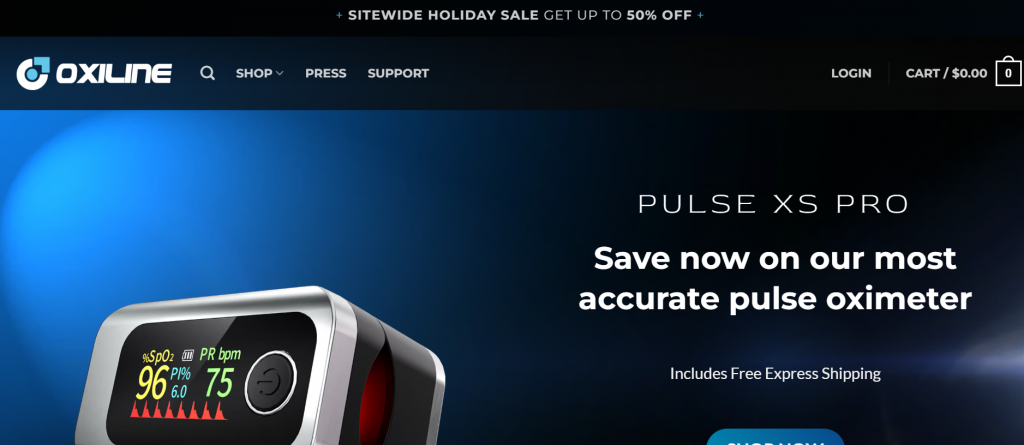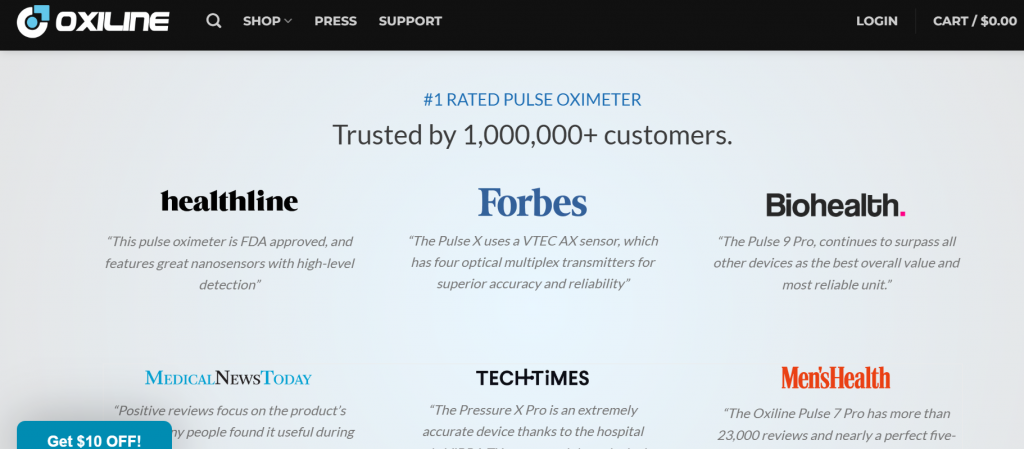
Introduction to Oxiline and their pulse rating technology
Are you curious about how your heart is faring without stepping into a doctor’s office? Meet Oxiline, a company that’s shaking things up in the health tech space. They’ve developed pulse rating technology that aims to make tracking your heart rate as easy as checking your emails. With just a few taps on their website, you can get insights into your cardiovascular health—all from the comfort of home.
But how does it really work? And more importantly, can we trust its accuracy compared to traditional methods? If you’re ready to dive deep and uncover what Oxiline has to offer, let’s explore this innovative approach together. Your pulse might just be more interesting than you think!
How the Oxiline website works and what it measures
The Oxiline website is designed with user-friendliness in mind. Once you access it, you’ll find a clean interface that guides you through the process of measuring your pulse rate effortlessly.
To start, users can simply connect their device. The site offers step-by-step instructions to ensure everything runs smoothly. You’ll be prompted to provide some basic information about yourself for tailored results.
Once connected, the system measures your heart rate using advanced sensors. It captures real-time data and displays it on your screen in an easy-to-read format.
Oxiline also provides additional metrics like oxygen saturation levels and heart rhythm analysis. These insights can help you understand more than just your pulse rate, giving a comprehensive view of your cardiovascular health.
Navigating through historical data and trends allows users to track changes over time, making informed decisions about their well-being easily accessible.
The accuracy of Oxiline’s pulse rating compared to traditional methods

Oxiline’s pulse rating technology stands out in the crowded health tech landscape. Its approach combines innovative algorithms and sensor technology to provide users with real-time data on their heart rate.
When compared to traditional methods, such as manual pulse checks or basic digital devices, Oxiline offers a distinct advantage. Traditional methods often rely on physical touch, which can be subjective and inconsistent. In contrast, Oxiline’s advanced sensors ensure reliable readings without needing constant human interaction.
Studies suggest that Oxiline’s measurements align closely with established medical devices. This level of accuracy is reassuring for those who need precise monitoring for fitness or health reasons.
However, it’s important to remember that no device is perfect. Variations can still occur due to environmental factors or user error. Understanding these nuances helps users make informed decisions about relying solely on this technology for their health tracking needs.
Real-life user testimonials and experiences with Oxiline’s pulse rating
Users of Oxiline’s pulse rating technology have shared a variety of experiences that paint an intriguing picture. Many praise its user-friendly interface, making it easy for even the least tech-savvy individuals to navigate.
One user noted, “I was amazed at how quickly I could check my pulse on-the-go. It’s like having a health professional right in my pocket.” This feedback highlights the convenience factor Oxiline offers.
Others have expressed skepticism regarding accuracy. A runner mentioned reliance on traditional methods for serious training, stating, “I love using Oxiline during warm-ups, but I double-check with my old monitor before races.”
Despite mixed feelings about precision, users appreciate real-time tracking features. Some find motivation in seeing their progress displayed clearly over time and enjoy setting personal goals based on these readings.
Such testimonials reflect a community engaged with both the advantages and challenges of adopting new health technology like Oxiline’s offerings.
Potential benefits and drawbacks of using Oxiline for tracking pulse rate

When it comes to tracking your pulse rate, Oxiline presents a modern solution with both appealing benefits and noteworthy drawbacks.
One of the primary advantages is its convenience. The ability to measure your pulse quickly from home means you can easily keep tabs on your health without needing frequent visits to the clinic. This accessibility encourages regular monitoring, which can be vital for those managing specific health conditions.
Moreover, Oxiline’s technology often provides real-time data that can help users make informed decisions about their wellness routines or workouts. For fitness enthusiasts or individuals looking to improve their cardiovascular health, this immediate feedback can enhance performance and recovery strategies.
However, there are some concerns worth considering. While many users report satisfactory accuracy levels compared to traditional methods like manual pulse checks or clinical devices, discrepancies do exist sometimes due to various factors including user technique and device calibration issues. These inconsistencies might spark doubts regarding reliability when making critical health decisions.
Another point of concern is that while Oxiline excels in easy-to-use interfaces and quick measurements, it may lack the comprehensive features found in professional-grade medical equipment—particularly for those requiring detailed analysis related to heart function.
As you explore whether Oxiline fits into your routine for tracking pulse rates, weighing these pros and cons will help guide your choice toward a more informed decision regarding personal health management tools.






